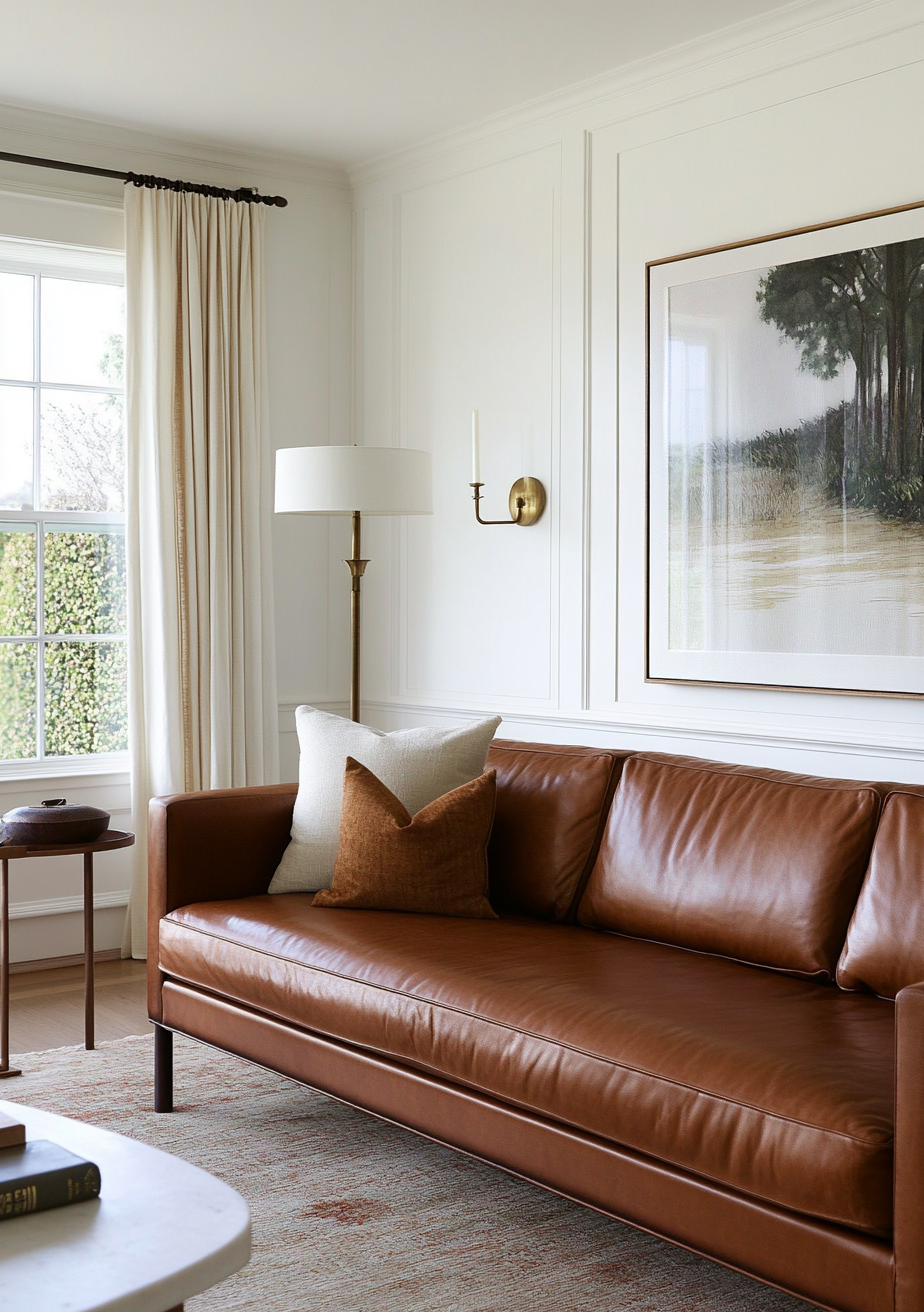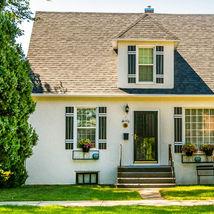Expert Tips for Choosing the Perfect Lighting Fixture for Your Space - Your Ultimate Guide!
- Beril Yilmaz

- Jan 3
- 6 min read
Choosing the right lighting fixture can completely change the atmosphere of any room, making it more inviting and functional. With so many options available, it can be challenging to find the perfect piece that fits your style and provides the right amount of light. Whether you're redesigning an entire space or just refreshing a corner of your home, knowing how to choose a lighting fixture tailored to your needs is crucial.
Lighting is more than just brightness; it’s a key design element that adds character and warmth to your surroundings. Whether you opt for elegant pendant lights in the kitchen or sleek wall sconces in the living room, the right choice sets the mood, defines your style, and creates a welcoming environment. By focusing on a few key factors, you will gain confidence in selecting lighting fixtures that align with your design vision.
This guide aims to simplify the selection of lighting fixtures. With easy-to-follow tips, you will understand what to consider and make informed decisions to ensure that every corner of your home shines brightly.
1. How to Choose Lighting Fixture: Understanding Your Space

Before you start exploring lighting fixtures, take time to assess your space. Evaluate factors such as room size, existing decor, and intended use. These elements are essential in determining the best lighting solution.
Consider a room's dimensions. For instance, a spacious living room with high ceilings may need a bold chandelier, while a small bedroom might benefit from softer, adjustable wall sconces. The existing color palette and decor style also play a role. A modern pendant might look out of place in a country-style room, just as an ornate chandelier would clash in a sleek, minimalist environment.
Next, think about how you use each space. Is it a bustling area needing bright, extensive lighting, or is it a tranquil spot where you can unwind? Deciding how each room will be used will help guide your light fixture choices, ensuring they contribute to the ambiance you envision.
2. How to Choose Lighting Fixture: Different Types of Lighting

Lighting can be grouped into three categories: ambient, task, and accent lighting. Understanding these types will help you choose fixtures that are practical and appealing.
Ambient Lighting: This is the primary source of light in a room, providing overall illumination. It often comes from ceiling fixtures or wall-mounted lamps. For example, a round ceiling fixture could evenly light a kitchen, while a dimmable ceiling fan provides versatile ambient lighting.
Task Lighting: This lighting focuses on specific activities, such as reading or cooking. Examples include table lamps for a desk, under-cabinet lighting in the kitchen, or pendant lights above a kitchen island. When selecting task lighting, aim for fixtures that offer enough light without causing glare.
Accent Lighting: This type highlights features you want to showcase, like artwork or architectural details. Track lighting or spotlights can draw attention to these elements. For example, using a track light to focus on a stunning painting can create visual interest and depth in your decor.
Balancing these three types of lighting will ensure your space is both beautifully illuminated and highly functional.
3. How to Choose Lighting Fixture: Style and Design Considerations

The style of your lighting fixture should harmonize with your decor while adding personality. Here are several popular styles to consider:
Contemporary: Characterized by clean lines and simple designs. For example, a modern pendant light with a sleek finish works well in homes with a minimalist aesthetic.
Industrial: Exposed bulbs and raw materials like metal define industrial lighting. An industrial-style lamp with a rugged finish can add charm to a modern loft or farmhouse.
Traditional: Known for ornate details and softer finishes, traditional fixtures can enhance classic elegance. A vintage chandelier can beautifully complement a formal dining room.
Farmhouse: Combining rustic elements with a cozy feel, a pendant light with a distressed finish is perfect for achieving that welcoming farmhouse look.
Bohemian: For those who embrace boldness, bohemian lighting often boasts vibrant colors and intricate designs, making it a stunning focal point in eclectic spaces.
When selecting a style, ensure it aligns with the room’s overall theme. This seamless integration creates an inviting atmosphere that reflects your taste.
4. How to Choose Lighting Fixture: Scale and Proportion

Scale and proportion are crucial when selecting lighting fixtures. A large chandelier can overwhelm a small dining area, while tiny pendant lights may get lost in vast spaces. Choosing the right size is vital for functional and aesthetic balance.
Consider the proportions in terms of height and placement. In a dining area, pendant lights should hang 30-36 inches above the table. In living rooms, combining taller floor lamps with lower side table lamps can cultivate a warm atmosphere.
For spaces needing multiple fixtures, consider how they will work together. For instance, a large room may benefit from several equally sized lamps to maintain proportion and balance.
5. How to Choose Lighting Fixture: Material and Finish

The material and finish of your lighting fixtures significantly impact the overall look and feel of your room. Options range from metal and glass to fabric and ceramics. Choose materials that harmonize with your existing decor.
Metal fixtures often convey modern or industrial vibes, while glass can introduce elegance. Choosing brushed nickel or matte black finishes can enhance a contemporary style.
Wood and fabric elements can add warmth and texture. A wooden pendant light can create a cozy atmosphere above a kitchen island or dining table.
Consider your room’s color scheme when selecting finishes. From polished brass to aged bronze, the right finish can dramatically alter the room's mood.
6. How to Choose Lighting Fixture: Energy Efficiency and Bulb Types

While deciding on the perfect fixture, it's important to consider energy efficiency. Choosing LED or CFL bulbs can significantly reduce energy consumption and save you money in the long run.
When selecting bulbs, understand the differences:
Incandescent: These traditional bulbs provide a warm glow but are not energy efficient, typically lasting about 1,000 hours.
Compact Fluorescent (CFL): These bulbs last about 10,000 hours and use about 75% less energy than incandescent bulbs, making them a more cost-effective choice.
Light Emitting Diode (LED): The most efficient option, LEDs can last up to 25,000 hours and use about 80-90% less energy compared to incandescent bulbs.
Where feasible, opt for fixtures that can accommodate these energy-efficient bulbs. Your choices will benefit both your budget and the environment.
7. How to Choose Lighting Fixture: Installation and Placement

Proper installation and placement of your lighting fixtures are essential for maximizing both utility and aesthetics. If you're unsure about electrical work, it's wise to seek help from a professional.
Before installation, plan your lighting layout. Think about critical areas that require the most light: for example, pendant lights above kitchen islands should hang at an appropriate height for cooking without obstructing views.
Ensure that fixtures enhance the room’s design rather than compete with it. Good placement can accentuate architectural elements, creating a cohesive look across your space.
Wrapping Up the Lighting Journey
Finding the ideal lighting fixture may seem challenging, but understanding your space, the types of lighting, styles, materials, and practical considerations can clarify the process. Every decision plays a role in shaping the ambiance of your home, adding depth to your design and showcasing your unique taste.
As you explore your lighting options, don't hesitate to experiment. Try different configurations until you find the perfect fit for your style. Let your creativity and vision illuminate your home!
FAQ
Q: What type of lighting fixtures should I use in a small room?
A: For small rooms, opt for fixtures that are appropriately scaled. Smaller pendants or flush-mounted lights work best. Combining overhead lights with wall-mounted options can create a layered lighting effect, making the space feel larger.
Q: Can I mix different styles of lighting in one room?
A: Yes, mixing styles can add personality and depth. Ensure there’s a common element, like color or material, to unify the design.
Q: How can I calculate the size of a chandelier for my dining room?
A: To find the right diameter for a chandelier, add the room dimensions together (in feet) and convert that number to inches. For example, in a room measuring 10 feet by 12 feet, a chandelier around 22 inches in diameter would be ideal.
Ready to enhance your space with the perfect lighting? Reach out for professional guidance tailored to your design needs! With our expertise, your lighting choices can effortlessly reflect your vision.


































